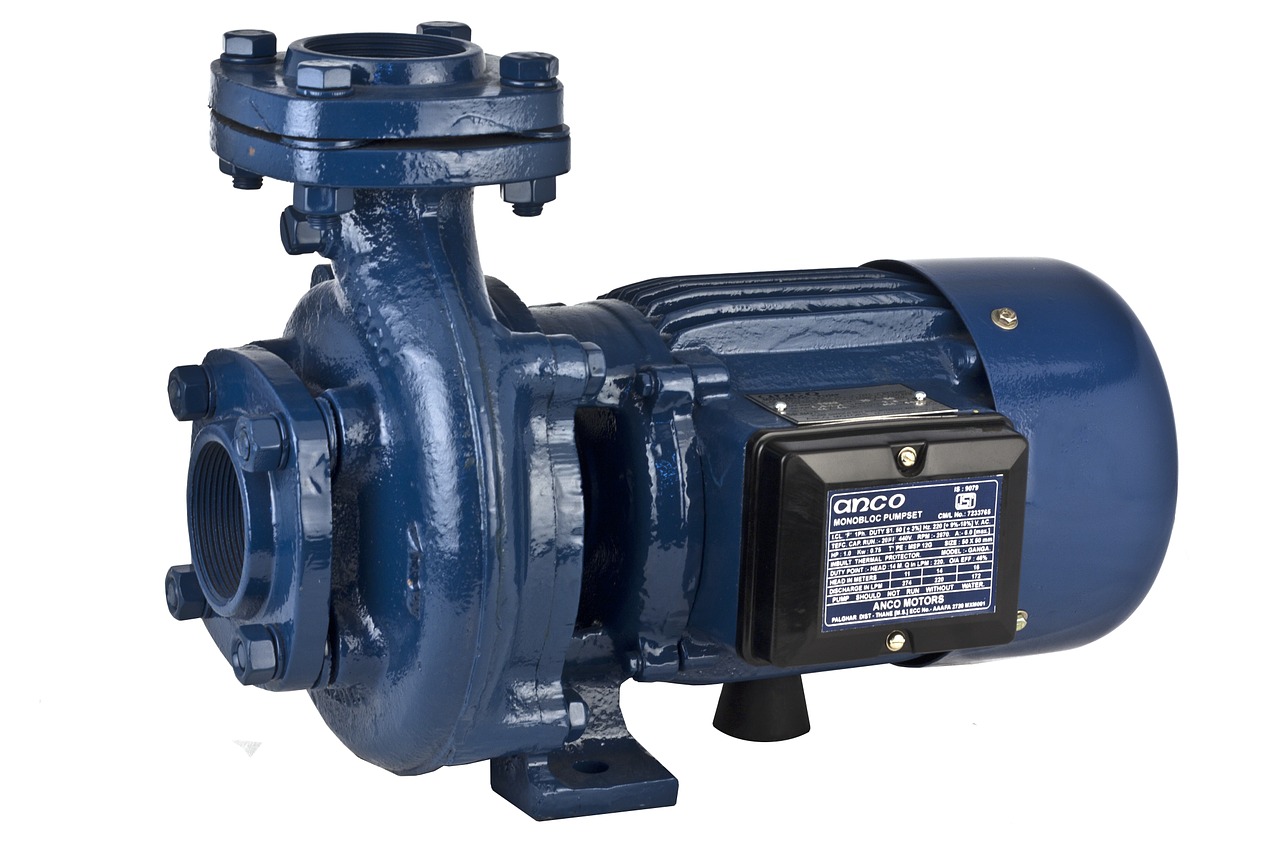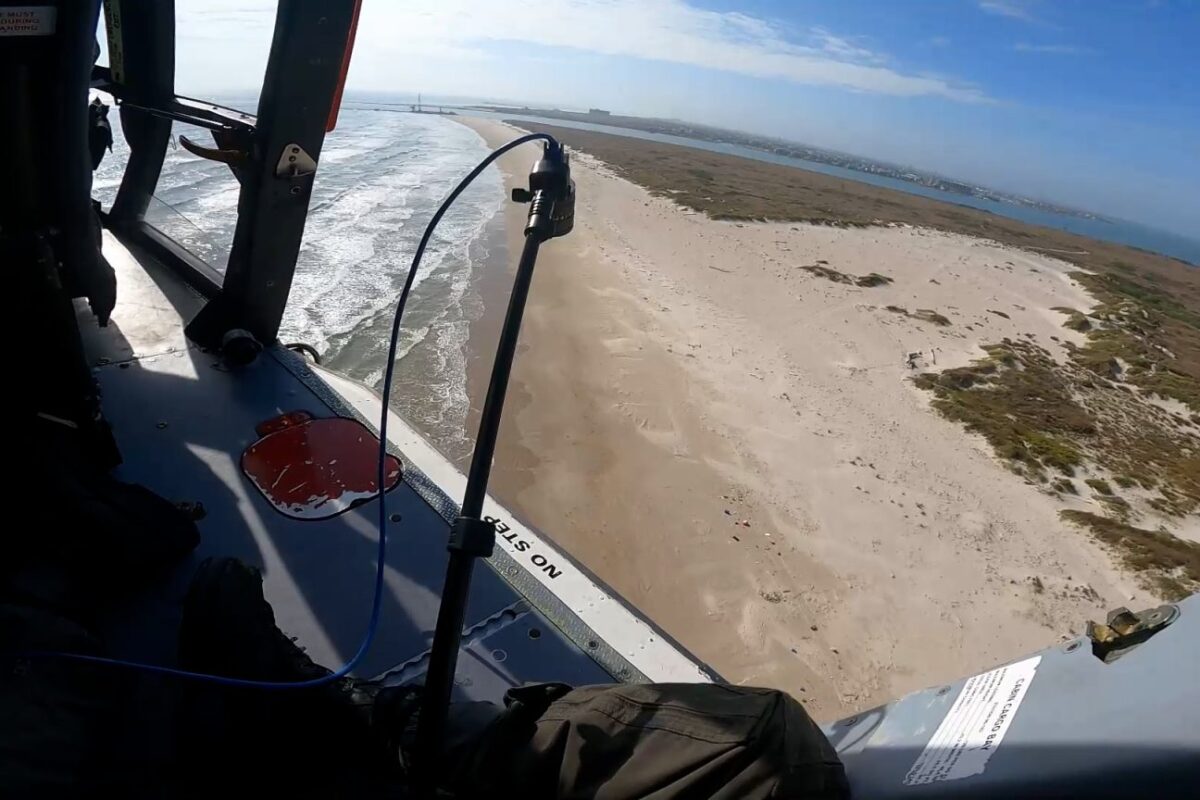Pumping stations aren’t fun to be around, so after their commissioning, engineers typically install a remote monitoring system on the point and only come back until something breaks. If you are in this position, the following are the most crucial questions you should be asking yourself:
- What communication system is required, and is it available on the location? WiFi, internet connection, cellular signal strength, etc., are a few factors to consider.
- What kind of sensors, wiring, integration, and supporting equipment is needed for the coverage of the particular station?
- Are you going to implement a backup power and a backup communication system in the case that something goes wrong?
- Are you going for a wired system, wireless, or a hybrid? Each choice has its respective pros and cons, so this needs careful consideration.
- Are sensors included with the monitoring system or do you have to purchase them separately? In that case, are they powered from the system, or do they need a separate line?
- What is the level of compatibility between the monitoring systems and the sensors? Will they play well together without having to set up a bridging interface?
- What experts will be needed for the installation? Is the system vendor or retailer willing to offer that additional service at a discount, bundled with the primary purchase?
- Is the web-based monitoring interface free to access without a charge, or are there any hidden fees for monthly or yearly subscriptions? If your system logs data on the cloud, is there a cap before you get charged for the hosting of this data?
- Are there any limitations that concern the data logging activities? Either in monitoring data size or logging times.
- What are the maintenance requirements for the system and what are the associated costs?







